|
We’ve all been immensely hyped for the Nintendo Switch. Now that it’s out, let me take an in-depth look at the console to help you know the ins and outs of what’s good or not. Let’s get started with the system itself. The Nintendo Switch, for all intents and purposes, feels like a tablet. It is a good size and feels good in the hands. The touch screen is responsive and the screen looks bright, vibrant and attractive despite it being made out of what feels like cheap plastic (compared to the higher quality materials used in our cell phones, for example). I haven’t played anything that really uses the touch screen though, so I can’t speak for its quality when it comes to gameplay. The speakers, both located beneath the screen, don’t sound great or terrible. If you’re on the go and you want maximum audio quality you’re better off using a headset of some sort. The Joy-Cons being attached do add bulk and weight, of course. With them added, the whole unit feels to be about the same weight as the Wii U Gamepad, albeit a lot less bulky. This is good, to me, since I felt like the Wii U Gamepad was a perfect weight. The game card slot is on the top of the unit, and is thankfully covered to avoid damaging any of the contacts (with or without a game inside). Inserting and removing the games is simple and smooth, requiring only a push to pop it in or out. The memory card slot is on the bottom, is covered by the stand and is also just as simple to use. The control buttons (volume and power) are on the top, along with the ventilation and the headphone jack. Having the headphone jack on the top is a little annoying since the wire can sometimes get in the way, but I suppose it’s necessary in order to enable the unit to stand on a table. The unit itself doesn’t feel flimsy, which is not something I can say for the kick stand. The kickstand doesn’t come out very far, is small and is a bit to the right. This means that unless you’re using it on a perfectly level and flat surface, the unit will not stand up. What’s worse is that it easily pops off, though I imagine that’s to avoid serious damage with the inevitable amount of docking that will happen with it pulled out. Speaking of tablet, it’s a really odd choice to not include some sort of camera. Both of their most recent systems (the home console Wii U and the portable system 3DS) have cameras, as do almost any form of tablet and phone you can find. Seems like a step back for a rather simple feature. The Joy-Cons themselves are really well designed. When handled independent of any attachments, they are a bit small and unwieldy. When attached to the system, they feel just right due to the weight balance and width. The analog sticks have a very low movement range, but all the buttons and functions feel responsive and sturdy. I haven’t experienced any specific uses of the HD rumble, so I can’t say anything about that. The gyroscope does work flawlessly though. Unless you have small hands, I highly recommend using the (included) straps that attach to each Joy-Con when being used independent from the grip or system. They function as more than wrist straps, adding a little bulk to the controllers making them feel a lot more comfortable. Whoever gets stuck using the Joy-Con R will have an awkward time controlling things due to the stick placement, unless you’re left-handed. The decision to exclude analog shoulder buttons was a bit odd to me, though understandable in order to retain the small form-factor. These things have an amazing battery life. I put in about 7 hours of use without ever seeing the charge show anything but full. I have noticed some sync issues though. Sometimes functions won’t be responsive or simply will not detect you ‘releasing’ a button or movement of the stick (for example, my character would keep moving even after I let go of the stick). It has been happening often enough for me to take notice, but not often enough to kill my experience. It’s entirely possible this is a software, and not a hardware issue, since I’ve only had this problem when playing Zelda. I haven’t found a permanent fix for this. Even re-syncing the controllers doesn’t do anything for me. The Joy-Con grip makes the controllers feel almost perfect as a standard controller, if not for the really small joystick movement range and lack of analog shoulder buttons. Still, it is a reasonable substitute for a Pro controller if you don’t have one (more on the Pro controller later). The dock feels like cheap plastic. It’s designed well enough, and having a hidden USB port along with 2 exposed ones is definitely nice, but the quality of the materials in the dock simply feels cheap. Luckily, it’s not something you will be moving around much so once you have it set up somewhere, it won’t matter much. It also is quite small even with the Switch attached, which means you can sneak it in anywhere on your shelf, assuming you leave room to pull out and put in the system. The Switch transitions from undocked to docked mode really elegantly. It’s really as easy as setting it in the dock, grabbing your controller and continuing play. It’s almost instantaneous. The system’s fan has gotten a bit loud on occasion when playing docked, but besides that I haven’t noticed any issues. I have seen reports of the dock scratching the system’s screen, so be careful when docking it. While I haven’t experienced this issue myself, I have a screen protector on mine to be safe. Setup of the unit took me 2-5 minutes from initial boot. It asked to pick basic functions, make a user account then you’re done. That easy. The OS UI is extremely clean, simple and elegant. It’s a huge improvement over the 3DS and Wii U and I really appreciate the minimalist design. Some simple functions are missing, such as creating folders or reorganizing the order of icons, but there’s hardly enough software out for that to really matter yet. Transitioning from the Home screen to your game (and vice versa) is fast and seamless. From what I’ve tried, all the functions on the Home screen are accessible while a game is running. The only time you’d be required to close the game is if you open another game. Despite it being a Wi-Fi only device, opening the eShop (a painfully slow process on previous Nintendo systems) is really fast. This could be because of the capability to use Wireless-AC hotspots. The eShop follows a similar minimalist design, to a fault. The only options are Recent Releases, Coming Soon, Enter Code and Search. This means there are no categories or anything like that. Once again, the limited content makes this a moot point for now. I really loved how seamless and simple it was to link this account to my normal Nintendo Account, allowing me to merge my wallets. Speaking of online, there is a lot of good and a lot of bad about it. As said, it works well and doesn’t feel slow. I’m also really happy that it allows you to connect to public networks that require login, having used it at Starbucks a few times. What’s interesting is that almost all of the online functionality looks and feels like it’s running within a browser rather than through built in apps, yet there is not browser for us to freely use. When trying to post a screenshot to Facebook, it asked me to log in and accidentally took me to my wall, allowing me to freely explore the site. This is a minor oddity though. The real head scratcher is that friends can only be added one of three ways: via linking your Miitomo/Super Mario Run friends (not sure if Fire Emblem works too, since I haven’t played it), via local wireless and via Friend Codes. Wait, did I say Friend Codes? That’ right, I did! For some preposterous reason, rather than bringing back the wonderfully simple method of the Wii U that involved adding people from their username, we’ve reverted back to using the abysmal Friend Code system. There is no real online functionality beyond that, so it’s kind of hard to really gauge the online quality within our ‘trial’ period. We have no access to the cell phone app, to voice chatting or pretty much anything else, which makes the trial feel like a cop out since most of these features will be implemented after the trial ends. Not much of a trial. The only online game I own, Super Bomberman R, is a bit laggy. I can’t use this as a way to gauge the quality of Nintendo’s internet, since my experience with Bomberman games on every platform has been like this. There are a lot of system settings to mess around with, allowing for some nice customization. The one that caught my eye was the ability to change ‘themes’. There’s only black or white, but I’m hoping this means we’ll get more themes down the road similar to the 3DS. Screenshots, it seems, can be taken at almost any time, in the same way as the Xbox One and the PlayStation 4. The album icon is directly accessible from the home screen, making sharing to Facebook or Twitter a snap (queue the trademark Switch ‘snap’). Oddly, I don’t see any way of transferring to a USB for later storage, and since I don’t have a microSD card yet I can’t test to see if I can just transfer to my computer that way, though I imagine that shouldn’t be an issue unless it’s saved in some weird format. Still, this is a massive oversight for such a simple feature. Speaking of microSD, the 32GB of internal storage is a bit of a bummer, forcing owners to invest in a microSD card if you plan on going digital. Both of the games I own are physical, with the only digital games I want to buy not taking up more than 2GB of memory combined. If you stick with physical cartridges for retail, then you should presumably have plenty of space for digital-only games, giving you some time to invest in a microSD card later. Game updates don’t seem that large either, so far. There’s a nice option to ‘archive’ games by deleting all content for them except settings and saves, that way you can free up space without losing your progress. It’s a nice workaround, but still doesn’t solve the core issue of extremely limited space. This is especially disconcerting since we’ve had reports of some (upcoming) games requiring about 30GB of space, which is more than the system can even hold. Even though the Pro Controller doesn’t come with the console, I did want to mention it briefly. I started playing The Legend of Zelda: Breath of the Wild with the Joy-Cons, but ended up feeling the need to pick up a Pro Controller due to the extremely limited joystick range (this especially hurt when I was trying to get through a stealth section). The Pro Controller feels really good in my hands, with a good weight, balance and design. The increased joystick range is welcome, and the inclusion of a traditional D-pad rather than D-buttons is really good. The placement of the + and – buttons is a bit out of reach in favor of having easier access to the Capture and Home buttons. For most games I imagine this won’t be an issue, but in a game like Zelda where you’re constantly accessing your inventory it’s become a bit cumbersome. It has the same functions as the Joy-Cons, such as HD rumble and gyroscope. This also mean that it lacks analog shoulder buttons, which is a really odd exclusion, especially since it’s an industry standard now. I’m not sure what this is going to mean for complex racing games or anything that would require pressure sensitive triggers. Besides this really odd and disappointing exclusion, the controller is really nice and comfortable. It even shares the Joy-Cons’ phenomenal battery life (which I’ve also used for about 7 hours with no noticeable battery loss). What’ even better is that all of the parts for the Switch use the same plug: USB-C. It’s a fast and reliable connection type, but more importantly, it’s the new industry standard. That means you can use any old USB-C plug you have lying around. The lack of proprietary connections is a really nice step in the right direction for Nintendo. It is unfortunate that anything beyond casual play doesn’t feel right without a Pro Controller, thus adding an extra $80 to the unit cost. The accessories as a whole are a bit overpriced, considering the competition. As a quick side note, both the Pro controller and the Joy-Con R have NFC built in for reading amiibo. I definitely have my share of complaints about the system, but in the end, I’m quite happy with the end result. Assuming they iron out the (reported) hardware issues with the next set of manufactured units, the game library expands significantly beyond the abysmal selection at launch and the online functionality improves by the time it fully launches in the fall, we have quite an impressive device on our hands. The joy of being able to take the unit on the go without interrupting gameplay is something I never thought I’d appreciate until I got it in my hands. The battery life on Zelda is around 2h20m for me and I got about 5h on Bomberman. Despite the complaints I’ve seen, I find this battery life to be quite nice. Since it uses a standard USB-C port, if you really need to recharge on the go you can easily just use a portable battery pack. In the end, the Nintendo Switch feels more like a portable system that has the ability to plug into the TV, rather than the opposite that Nintendo is advertising it as. With a price point of $299.99, the Nintendo Switch feels like a good buy for causal players. Normal gamers will need to throw in about an extra $120 to get, at the least, a screen protector, Pro Controller and decent sized microSD card. This puts the system at about $420 (not including anything else, like games or a carrying case), which is a bit hefty considering the far more impressive aesthetic fidelity of the competition. For many, the portable functionality will be enough to make this cost worth it, since the competition does not offer that capability. It certainly was for me. -Teepu Design: GREAT Functionality: PERFECT Value: GREAT Online: QUESTIONABLE OVERALL: GOOD+ All images, logos and related items are ©Nintendo Co., Ltd.
0 Comments
Leave a Reply. |
Search
Contributors◆ Angie
◆ Emily ◆ J.D. ◆ Janette ◆ JT ◆ Manuel ◆ Nestor ◆ Rose ◆ Sylvia ◆ Teepu ◆ Tiffany ◆ Winfield Archives
May 2025
|
© 2014-2025 A-to-J Connections. All Rights Reserved.

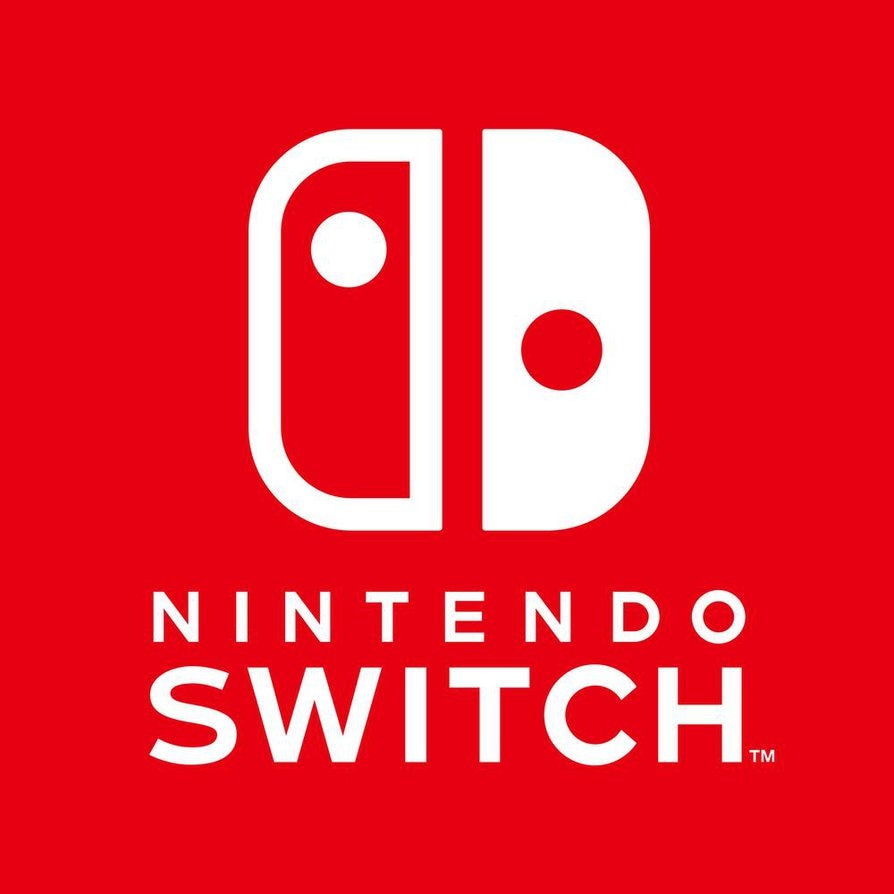

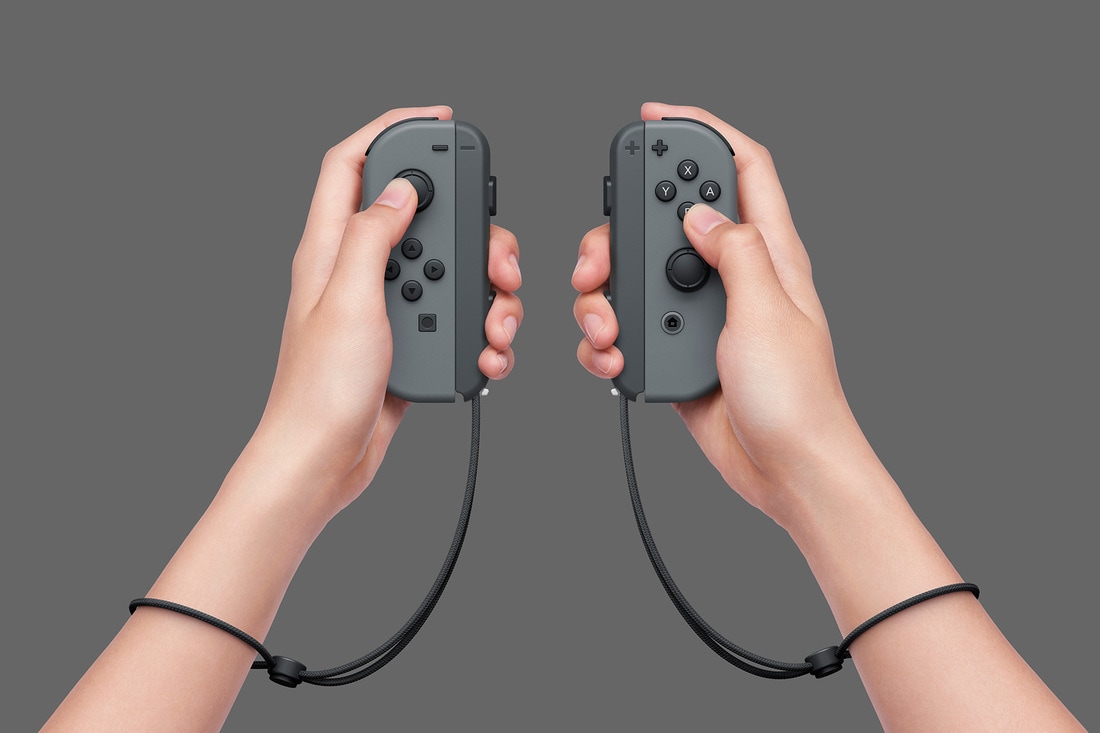
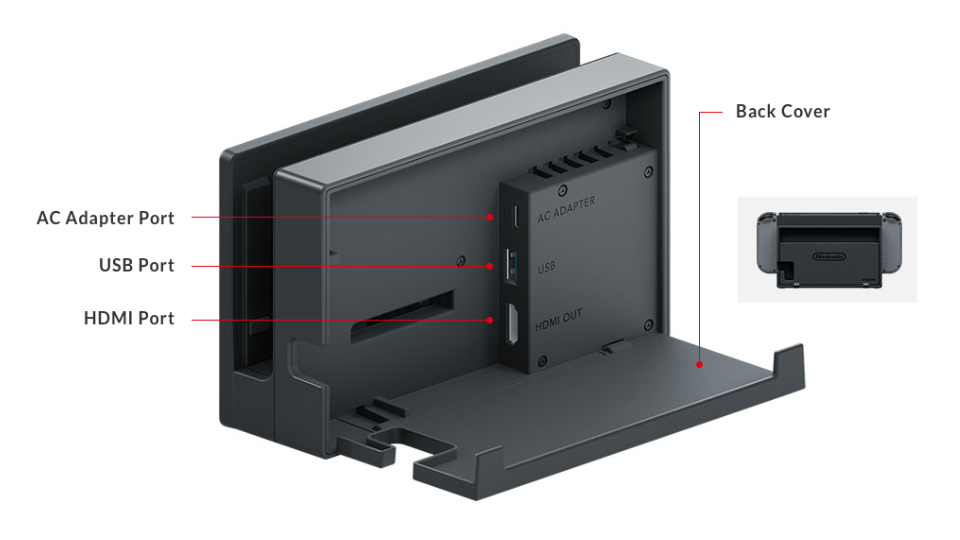
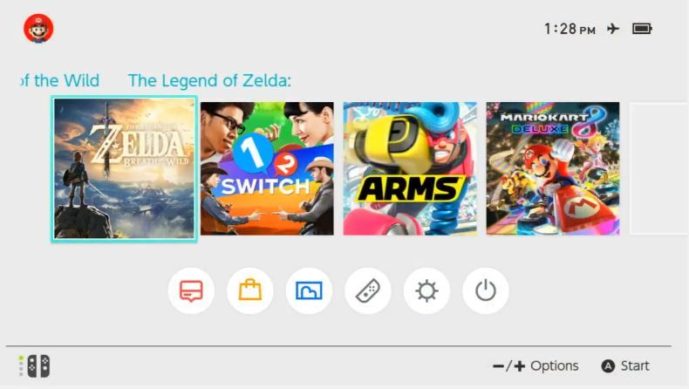

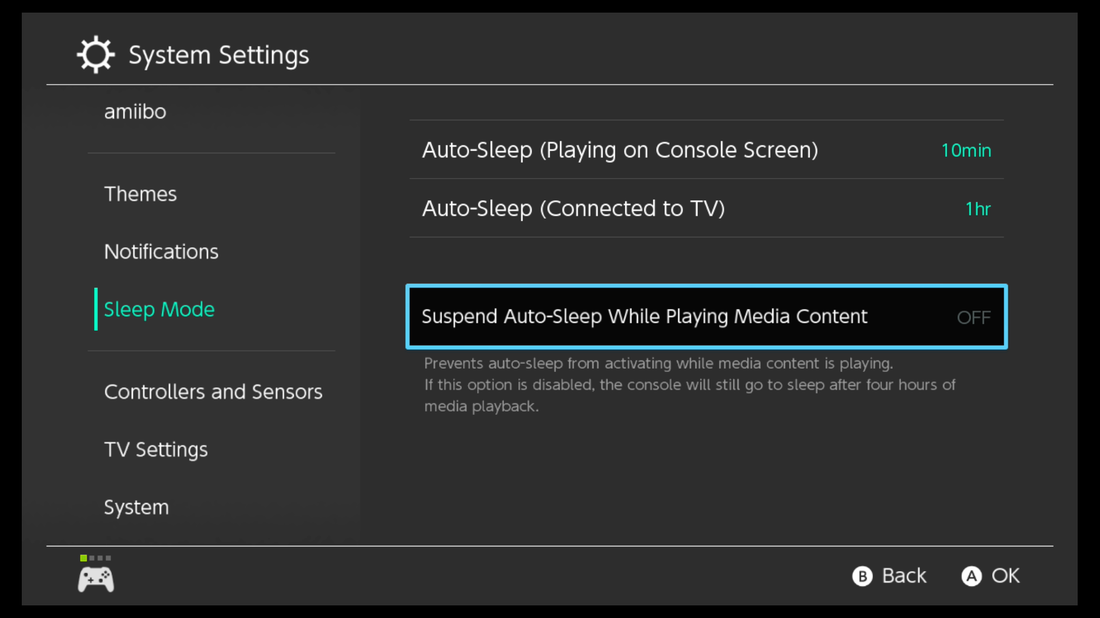
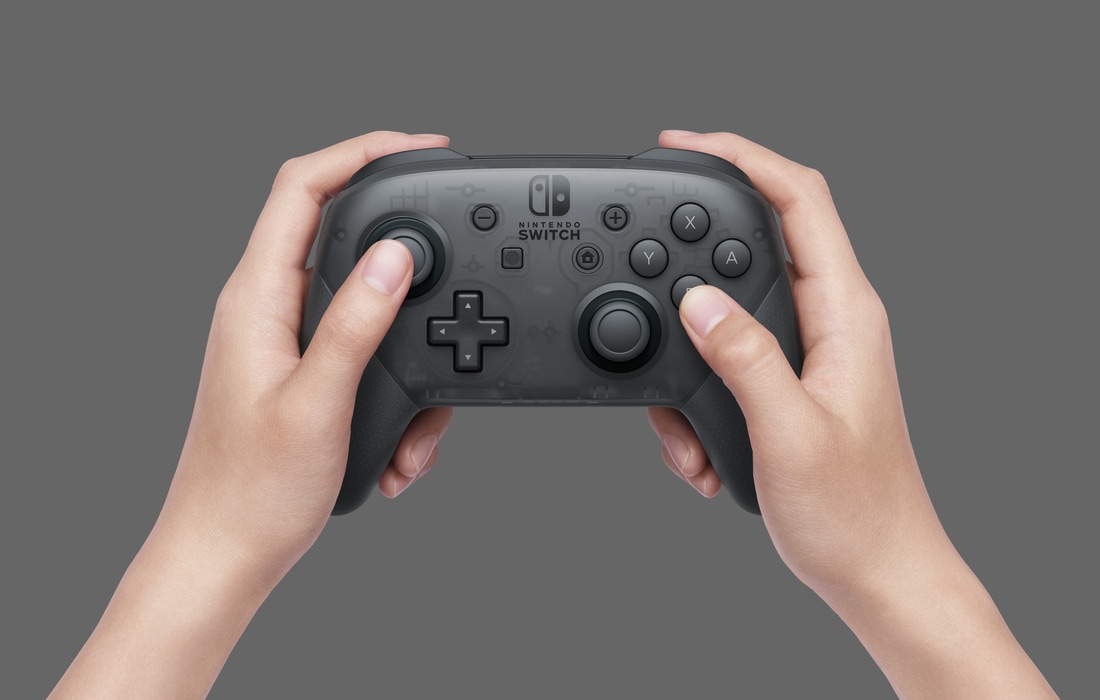
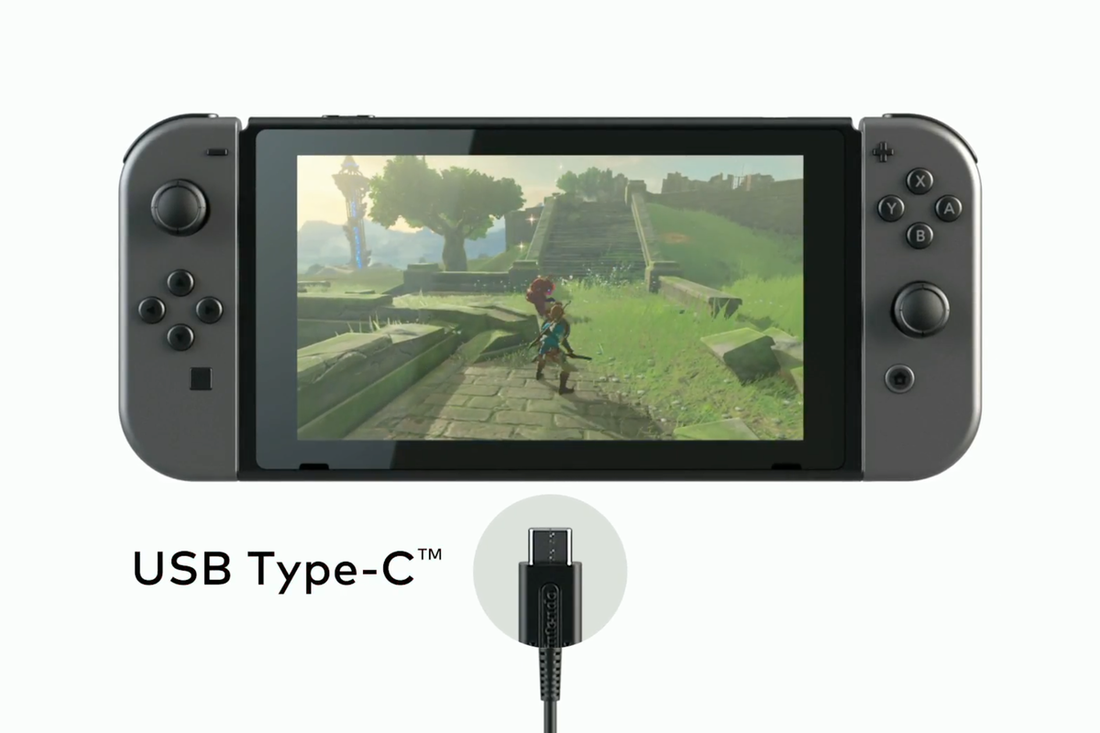


 RSS Feed
RSS Feed